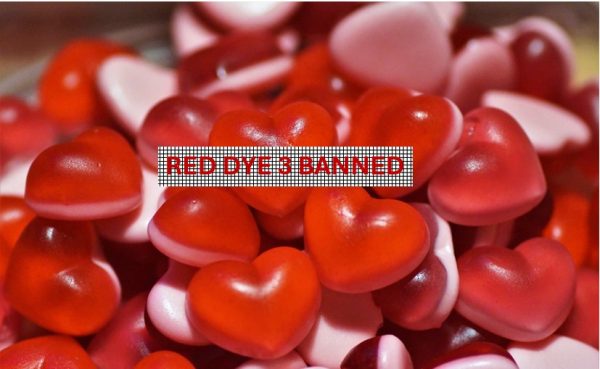
FDA Bans Red Dye No 3 From Food Products And Dietary Supplements
The U.S. Food and Drug Administration (FDA) has announced a ban on the use of Red Dye No. 3 (FD&C Red No. 3, erythrosine) in food and ingested drugs, citing studies that link the dye to cancer in laboratory animals. The announcement came this month January 2025!
Implementation timeline: Food products and dietary supplements containing Red No. 3 must be reformulated by January 15, 2027. Ingested drugs, including certain oral medications, have until January 18, 2028, to comply.
What are some of the affected products? Commonly found in candies, baked goods, snack foods, and beverages. It is also present in some medications and dietary supplements.
Reasons why Red Dye 3 is banned? Red Dye No. 3 (FD&C Red No. 3, erythrosine) has been banned in the U.S. for food and ingested drug use because of its links to cancer and health risks. This decision marks a significant step in U.S. food safety regulations, aligning with international standards to protect public health.
Health concerns: Studies have shown that high doses of Red Dye No. 3 can cause cancer in male rats. While direct evidence in humans is limited, the Delaney Clause of the Federal Food, Drug, and Cosmetic Act mandates banning any additive found to cause cancer in animals.
1. Carcinogenic potential-
- Animal Studies: Research has shown that high doses of Red Dye No. 3 cause thyroid tumors in male rats.
- Regulatory Mandate: The Delaney Clause in the Federal Food, Drug, and Cosmetic Act prohibits the use of any additive that has been found to cause cancer in animals.
2. Health concerns-
- Red Dye No. 3 is a synthetic dye made from petroleum products and is considered a potential endocrine disruptor.
- While direct evidence of harm in humans is limited, the precautionary principle and the findings in animal studies have raised long-term safety concerns.
Previous partial ban: Red Dye No. 3 has already been banned for use in cosmetics and external drugs in the U.S. since 1990 due to similar cancer concerns. The recent ban extends to food, dietary supplements, and ingested drugs.
Global Context: Red No. 3 is already banned in the European Union, Australia, and New Zealand for food use, except in certain types of cherries. U.S. states, including California, have enacted, or planned bans on the dye, with California’s ban effective January 2027.
Guidelines for consumers on products containing Red Dye 3: Consumers concerned about Red No. 3 can check product ingredient labels for their presence. The FDA reassures us that current exposure levels are considered minimal risk, but the ban aims to eliminate potential long-term health concerns.
What are natural food dye alternatives for red dye 3?
- Beetroot powder and beet juice
- Red cabbage extract
- Pomegranate juice and powder
- Annatto extract
- Hibiscus powder and extract
- Carrot juice and extract
What is expected from industry? Food manufacturers are expected to reformulate products to comply with the new regulations. The National Confectioners Association has stated it will adhere to FDA regulations.
Potential impact on Red Dye No. 3 Ban:
1. Food manufacturers
- Reformulation costs: Companies will need to invest in research and development to replace Red Dye No. 3 with natural alternatives.
- Product taste and appearance: Natural dyes may subtly alter the flavor and appearance of some products, requiring consumer education.
- Price increase: Natural dyes are often more expensive, which may increase product prices.
2. Pharmaceuticals: Ingested drugs that rely on Red Dye No. 3 for identification or branding will require reformulation, which may impact production timelines and costs.
3. Consumer behavior: Consumers are increasingly opting for “natural” and “additive-free” products, making this an opportunity for brands to market themselves as health-conscious. Consumers may need to adjust to differences in color intensity or flavor caused by natural dyes.
4. Agriculture: Increased demand for beets, hibiscus, carrots, and other crops used for natural dyes could create new opportunities for farmers. The natural dye industry could promote eco-friendly farming practices.
5. Food Activism and advocacy: Activists can inform the public about the health benefits of natural dyes versus synthetic ones. This could fuel further advocacy for banning other synthetic dyes like Yellow No. 5 and Blue No. 1.
This decision reflects the FDA’s commitment to reducing potential health risks and aligning with evolving scientific evidence. This ban also marks a significant step in U.S. food safety regulations, aligning with international standards to protect public health.
References:
- https://www.fda.gov/food/hfp-constituent-updates/fda-revoke-authorization-use-red-no-3-food-and-ingested-drugs
- https://apnews.com/article/fda-red-dye-no-3-ban-94c3e418584fb1e91ca3b0cbeb3d5a60
- https://www.reuters.com/business/healthcare-pharmaceuticals/fda-bans-red-dye-found-candy-cakes-2025-01-15/?utm_source=chatgpt.com
- https://www.wsj.com/health/healthcare/fda-bans-artificial-dye-red-3-from-food-26c9c0e1?utm_source=chatgpt.com
Image credit: Image by ivabalk from Pixabay (Free to use under Pixabay content license)
Author: Sumana Rao | Posted on: January 16, 2025
« After Covid-19 China Is Experiencing Surge in HMPV Cases Guillain Barre Syndrome »







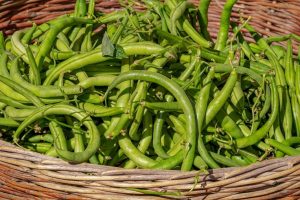
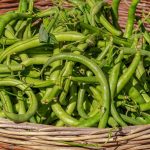





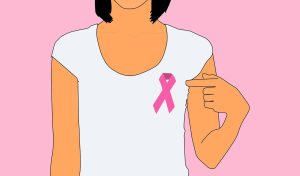
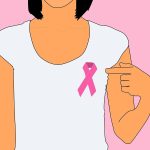

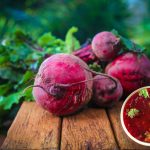
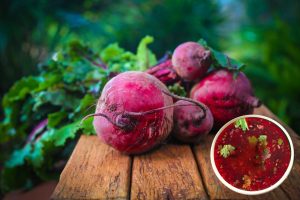


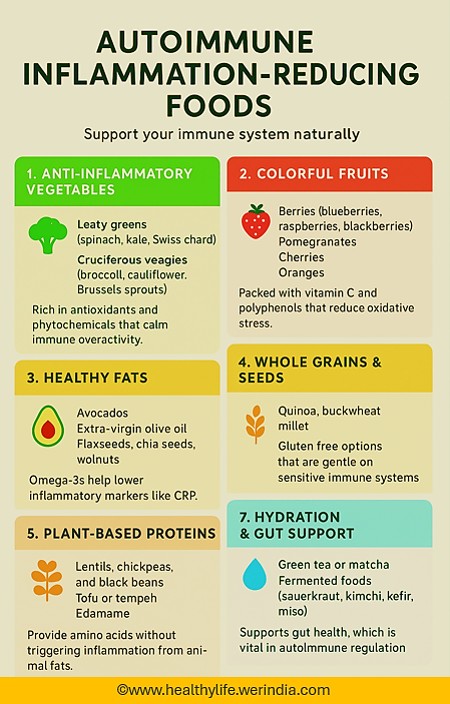
Write a comment